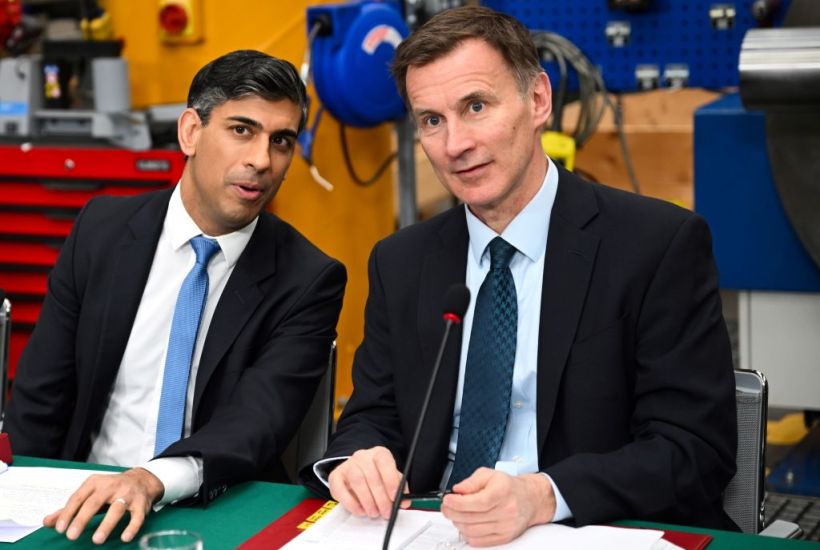It’s Budget day today. With the tax burden predicted to amount to 37 per cent of national income by the next election, the 2019 to 2024 parliament is set to go down as the biggest tax-raising parliament in modern times. A rather impressive feat for a Tory party that likes to paint itself as one of low taxes and financial stability.
Already a subscriber? Log in
Subscribe for just $2 a week
Try a month of The Spectator Australia absolutely free and without commitment. Not only that but – if you choose to continue – you’ll pay just $2 a week for your first year.
- Unlimited access to spectator.com.au and app
- The weekly edition on the Spectator Australia app
- Spectator podcasts and newsletters
- Full access to spectator.co.uk
Or




















Comments
Don't miss out
Join the conversation with other Spectator Australia readers. Subscribe to leave a comment.
SUBSCRIBEAlready a subscriber? Log in